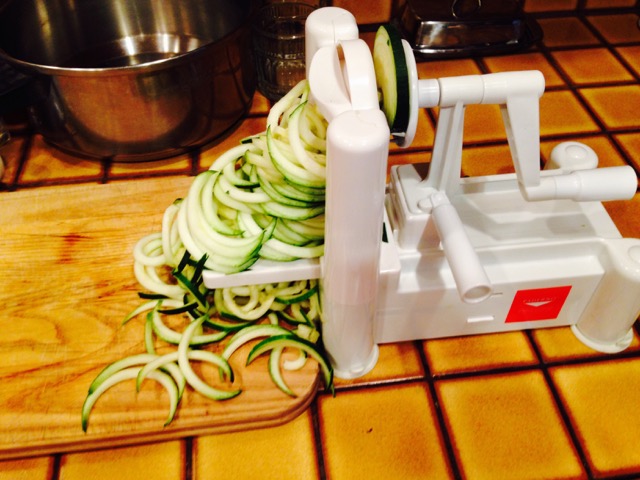Readers who subscribe to this blog by email may be avoiding FB, and I don't blame them, but they miss the revealing conversations that sometimes develop in comment threads. I enjoyed reading hair-dye and aging stories amidst numerous comments about the ditch-the-hair-dye post.
I was the only person, however, to see the excerpted comment below, delivered to me via email by Laurie, my friend for 40-some years, and a frequent travel buddy. She and her husband, Steve, and PK and me, have explored together extensively, including several trips to New Orleans, Mexico, and in early 2016, the Galapagos Islands and the Ecuadorian Amazon.
 |
| This airplane would soon be flying the four of us out of the Amazon Basin on the same runway. For more about this "old people's" adventure, See Wild in the Amazon |
Laurie changed the subject from fiddling with hair and face, boobs and butts, and other attempts to preserve a youthful appearance to instead concentrate on what's in your brain and heart. What comes out of your mouth.
Guard against calcification and becoming old and set in your ways. She writes:
I’ve spent much of today thinking about aging and my own march to wormhood. I think that the most youthful attribute for geezers like us is not a head of blond hair, but a young attitude. And I think that we, and many of our pals, have it in spades.
Flexible, open-minded, adventuresome are adjectives Laurie uses to describe concepts for ideal aging. These are powerful adjectives for any stage of life, along with thoughtfulness, kindness, compassion, and incessant curiosity.As a youngster, I used to think of old folks as cranky, curmudgeonly and stuck in their ways. It seems that many oldsters calcify — they resist change, don’t take risks, and allow their minds to close and their comfort zones to shrink. I struggle to fend against calcification.
Accepting aging is more than just going along with the physical deterioration without nipping, tucking, hair-dyeing or suiciding. It's about resisting cultural pressures to hang onto youth when we could be embracing the fact that elders have insights, wisdom, and historical understanding impossible for people decades younger. Oh the things we've seen!
We also have a continuing capacity to relish life and face challenges with strength and resolve because we've learned how.
We also have a continuing capacity to relish life and face challenges with strength and resolve because we've learned how.
It's OK to get older. Way better than not getting older. At least that's what I think now at age 74.
I love this poem by Janyne Relaford Brown.
I Am Becoming the Woman I've Wanted
“I am becoming the woman I’ve wanted, grey at the temples, soft body, delighted, cracked up by life, with a laugh that’s known bitter but, past it, got better, knows she’s a survivor – that whatever comes, she can outlast it. I am becoming a deep weathered basket.
” I am becoming the woman I’ve longed for, the motherly lover with arms strong and tender, the growing up daughter who blushes surprises. I am becoming full moons and sunrises.
“I find her becoming, this woman I’ve wanted, who knows she’ll encompass, who knows she’s sufficient, knows where she is going and travels with passion. Who remembers she’s precious but knows she’s not scarce – who knows she is plenty, plenty to share.”





















































